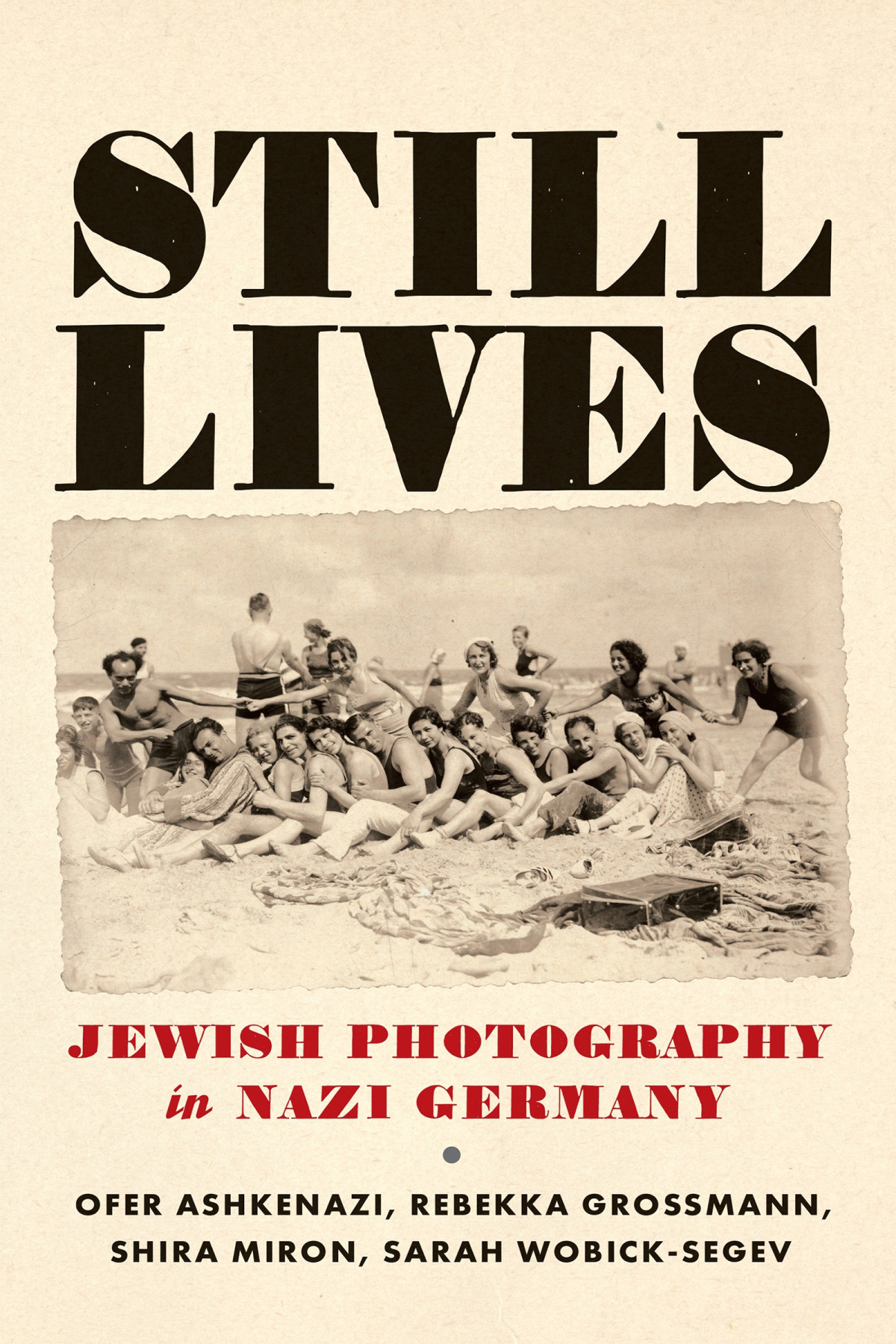

Most ebook files are in PDF format, so you can easily read them using various software such as Foxit Reader or directly on the Google Chrome browser.
Some ebook files are released by publishers in other formats such as .awz, .mobi, .epub, .fb2, etc. You may need to install specific software to read these formats on mobile/PC, such as Calibre.
Please read the tutorial at this link: https://ebookbell.com/faq
We offer FREE conversion to the popular formats you request; however, this may take some time. Therefore, right after payment, please email us, and we will try to provide the service as quickly as possible.
For some exceptional file formats or broken links (if any), please refrain from opening any disputes. Instead, email us first, and we will try to assist within a maximum of 6 hours.
EbookBell Team

4.0
16 reviewsStill Lives is a systematic study of the ways Jews used photographs to document their experiences in the face of National Socialism. In a time of intensifying anti-Jewish rhetoric and policies, German Jews documented their lives and their environment in tens of thousands of photographs. German Jews of considerably diverse backgrounds took and preserved these photographs: professional and amateurs, of different ages, gender, and classes. The book argues that their previously overlooked photographs convey otherwise unuttered views, emotions, and self-perceptions. Based on a database of more than fifteen thousand relevant images, it analyzes photographs within the historical contexts of their production, preservation, and intended viewing, and explores a plethora of Jews’ reactions to the changing landscapes of post-1933 Germany. Here, the authors claim that these reactions complement, complicate, and, sometimes, undermine the contents of contemporaneous written sources.
Still Lives develops a new methodology for historians to use while reading and analyzing photographs, and shows how one can highlight an image’s role in a narrative that comments on, and assigns meaning to, the reality it documents. In times of radical uncertainty, numerous German Jews used photography to communicate their intricate, confused, and conflicting expectations, fears, and beliefs. Through careful analysis of these photographs, this book lays the foundations for a new history of the German-Jewish experience during the National Socialist years.